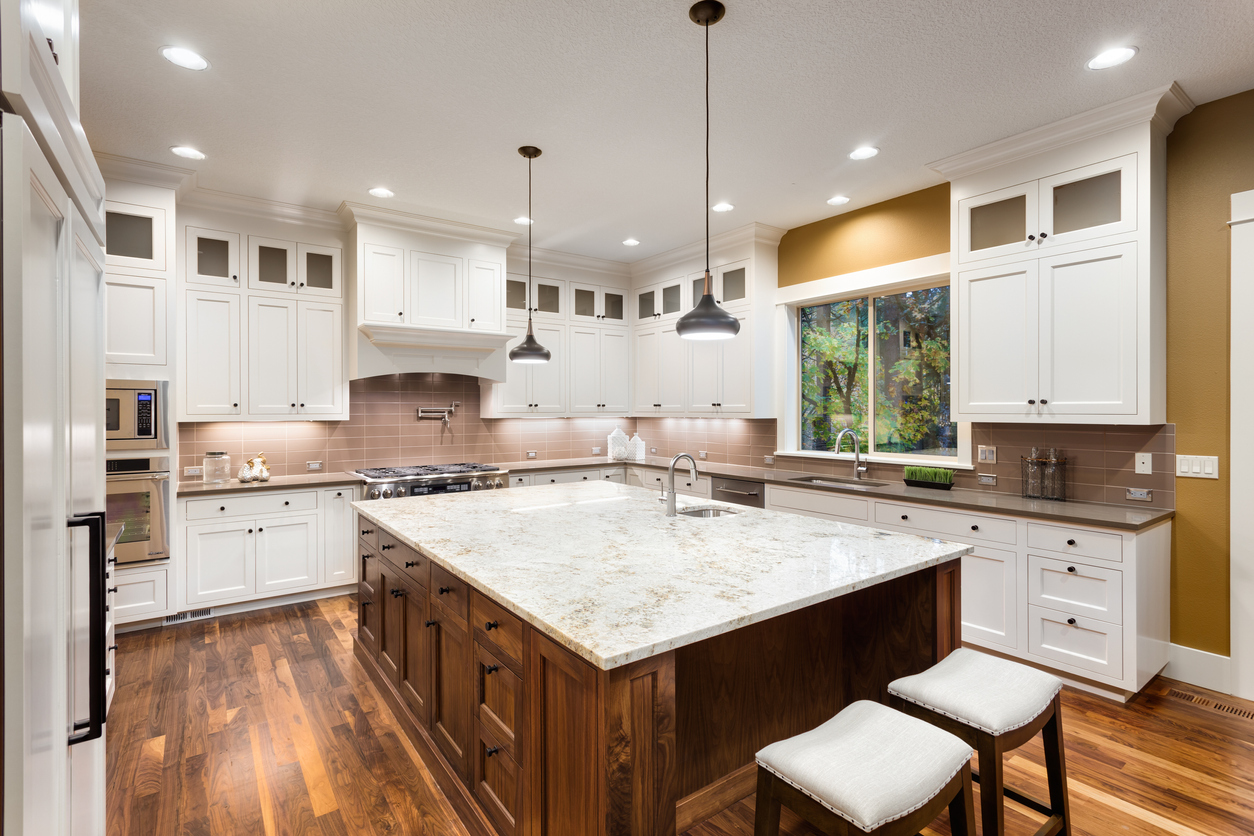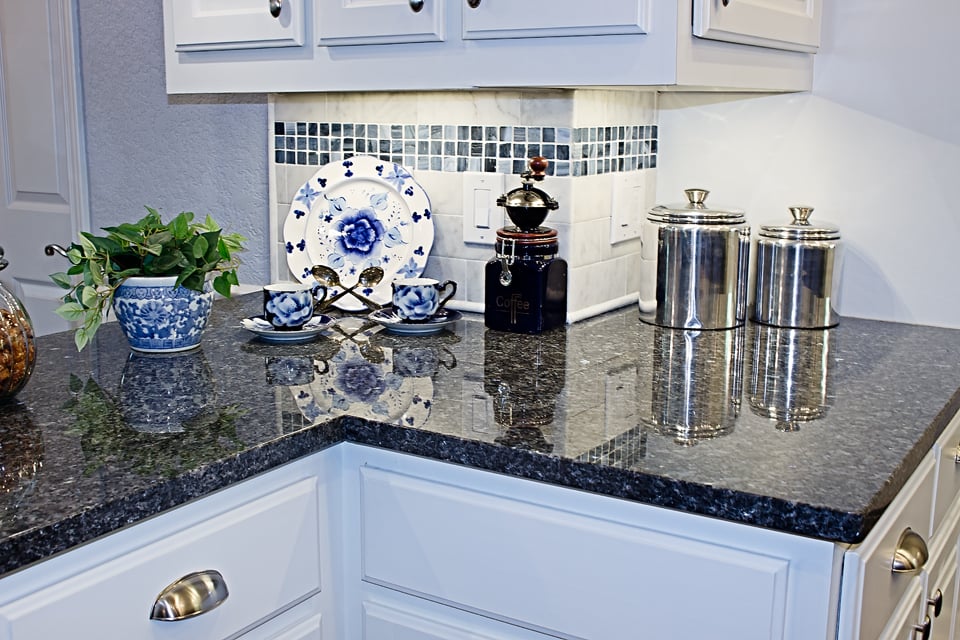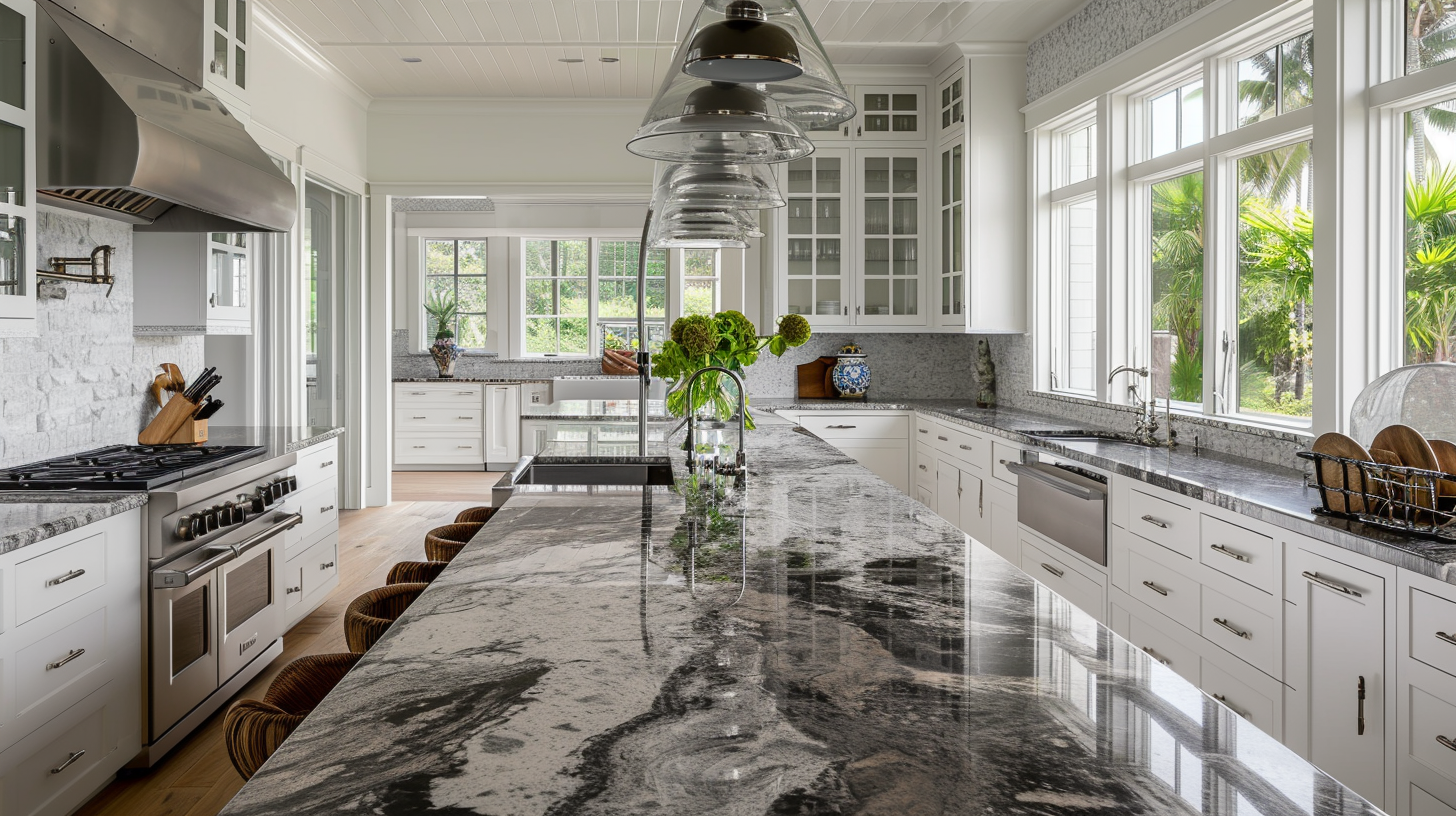Understanding the Relationship Between Cabinets and Countertops

The visual harmony between cabinets and countertops is crucial in creating a cohesive and aesthetically pleasing kitchen design. The interplay of color, material, and style significantly influences the overall look and feel of the space.
Color Harmony
The color scheme plays a vital role in establishing the mood and atmosphere of the kitchen. Choosing complementary or contrasting colors for cabinets and countertops can dramatically alter the visual perception of the space.
- Complementary Colors: These colors are opposite each other on the color wheel, creating a visually striking and energetic contrast. For instance, pairing white cabinets with a black countertop can create a dramatic and modern look. Alternatively, a warm wood cabinet with a cool blue countertop can create a serene and sophisticated ambiance.
- Analogous Colors: These colors are adjacent to each other on the color wheel, providing a harmonious and balanced look. For example, a combination of green cabinets and a beige countertop creates a natural and calming effect.
- Monochromatic Colors: This scheme uses different shades of the same color, offering a sophisticated and cohesive look. A combination of light and dark gray cabinets with a medium gray countertop creates a sleek and modern feel.
Material Contrast and Complementarity
The choice of materials for cabinets and countertops can significantly impact the overall style and functionality of the kitchen.
- Contrasting Materials: Combining different materials can create a visually interesting and dynamic space. For example, pairing sleek, modern cabinets with a rustic wood countertop can create a unique and eclectic style. Similarly, pairing a smooth granite countertop with textured wood cabinets can add depth and dimension to the kitchen.
- Complementary Materials: Using similar materials for cabinets and countertops can create a cohesive and unified look. For example, pairing natural wood cabinets with a wood countertop can create a warm and inviting ambiance. Similarly, pairing white cabinets with a white quartz countertop can create a clean and minimalist feel.
Style Considerations, Matching cabinets to countertops
The style of the cabinets and countertops should complement each other to create a cohesive design.
- Traditional Style: This style often features ornate details, warm colors, and natural materials. Traditional cabinets may have raised panels or intricate carvings, while countertops may be made of granite or marble.
- Modern Style: This style emphasizes clean lines, minimalist details, and sleek materials. Modern cabinets are often flat-panel and made of high-gloss finishes, while countertops may be made of quartz or stainless steel.
- Transitional Style: This style blends elements of traditional and modern design, creating a balanced and sophisticated look. Transitional cabinets may feature simple details and neutral colors, while countertops may be made of granite, quartz, or laminate.
Choosing the Right Countertop Material

Selecting the right countertop material for your kitchen or bathroom is a crucial decision that impacts both the aesthetics and functionality of your space. With a wide range of materials available, each offering unique benefits and drawbacks, it’s essential to carefully consider your needs and budget before making a choice.
Countertop Material Comparison
Understanding the pros and cons of different countertop materials is key to making an informed decision. Let’s explore some of the most popular options: granite, quartz, laminate, and butcher block.
| Material | Pros | Cons | Price Range |
|---|---|---|---|
| Granite |
|
|
$40-$100 per square foot |
| Quartz |
|
|
$60-$120 per square foot |
| Laminate |
|
|
$20-$50 per square foot |
| Butcher Block |
|
|
$50-$100 per square foot |
Matching Cabinet Style to Countertop Choice: Matching Cabinets To Countertops

The style of your cabinets plays a crucial role in determining the most suitable countertop choice. The overall aesthetic of your kitchen will be heavily influenced by the harmony between these two elements. A well-chosen countertop can complement the cabinet style, enhancing the visual appeal and creating a cohesive design.
Cabinet Styles and Countertop Choices
Cabinet styles are broadly categorized into traditional, contemporary, and modern, each demanding specific countertop materials to achieve a balanced and visually pleasing kitchen.
- Traditional Cabinets: Characterized by ornate details, intricate carvings, and warm, rich finishes, traditional cabinets often pair well with classic countertop materials. Natural stone options like granite, marble, and soapstone provide a timeless elegance that complements the traditional aesthetic. These materials add a touch of sophistication and warmth, enhancing the overall grandeur of the design.
- Contemporary Cabinets: These cabinets feature clean lines, sleek surfaces, and minimalist designs. They often employ neutral colors and bold accents, demanding a countertop that reflects the contemporary aesthetic. Quartz countertops, with their smooth, non-porous surfaces and wide range of colors and patterns, offer a perfect match for contemporary cabinets. The sleek and modern appeal of quartz complements the clean lines and minimalist design of these cabinets, creating a cohesive and sophisticated look.
- Modern Cabinets: Modern cabinets emphasize simplicity, functionality, and a focus on geometric shapes. They often incorporate bold colors and innovative materials, demanding a countertop that reflects the modern aesthetic. Laminate countertops, with their versatility and affordability, provide a suitable option for modern cabinets. The wide range of colors, textures, and patterns available in laminates allows for customization, enabling homeowners to create a unique and modern look that complements their cabinet style.
Matching cabinets to countertops is a delicate dance, a balancing act between practicality and aesthetics. Just like choosing the perfect shade of grey to complement a bold mustard yellow, as seen in grey and mustard bedroom walls , the right combination of countertop and cabinet color can create a harmonious and inviting space.
Whether you’re aiming for a sleek modern look or a warm and inviting feel, the interplay between these elements can make or break your kitchen design.
Matching cabinets to countertops is a balancing act of style and practicality. You might envision a classic white kitchen, but then stumble upon the bold beauty of black countertops green cabinets , a combination that screams personality. Ultimately, the right match comes down to your personal vision, but don’t underestimate the power of a contrasting scheme to elevate your space.